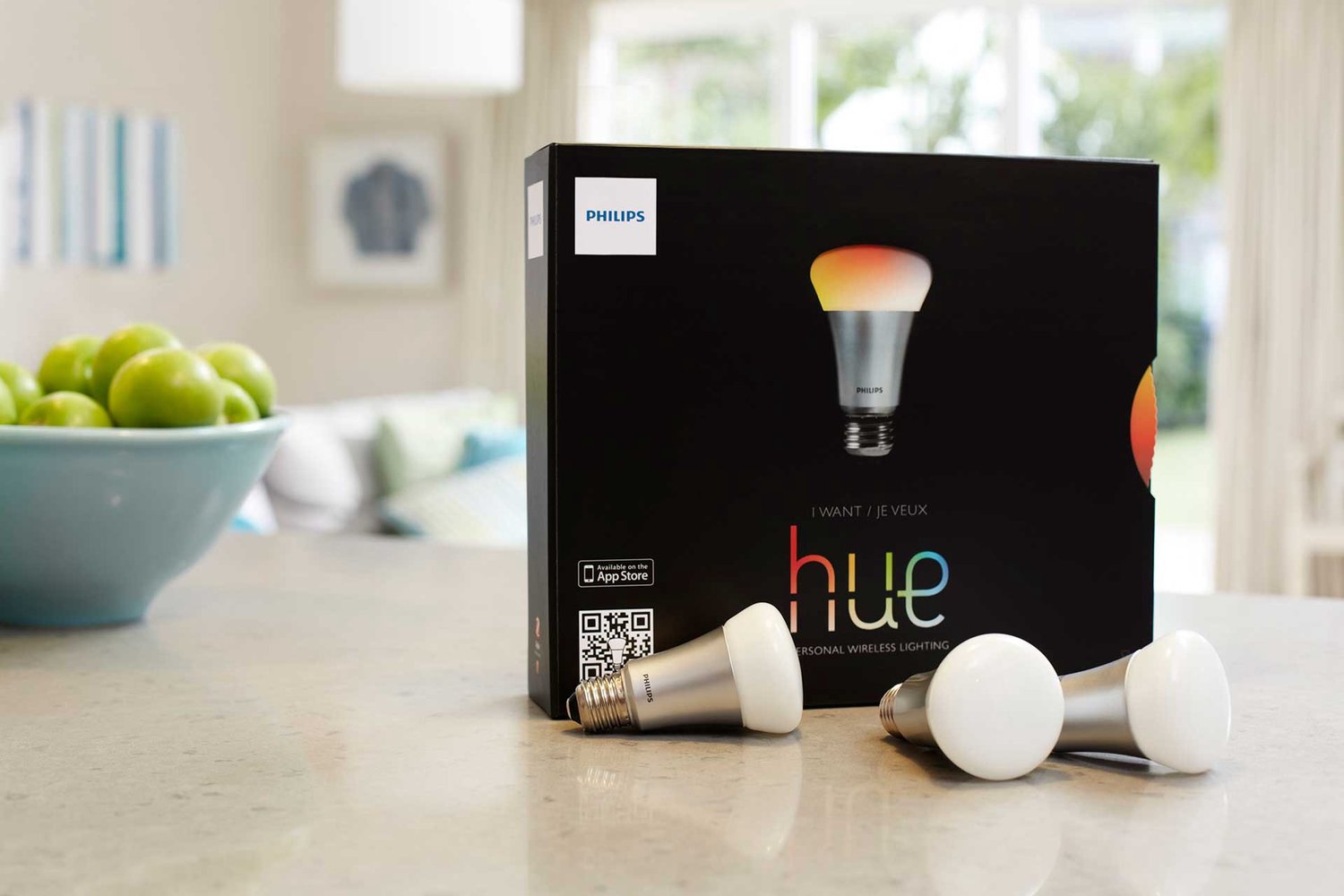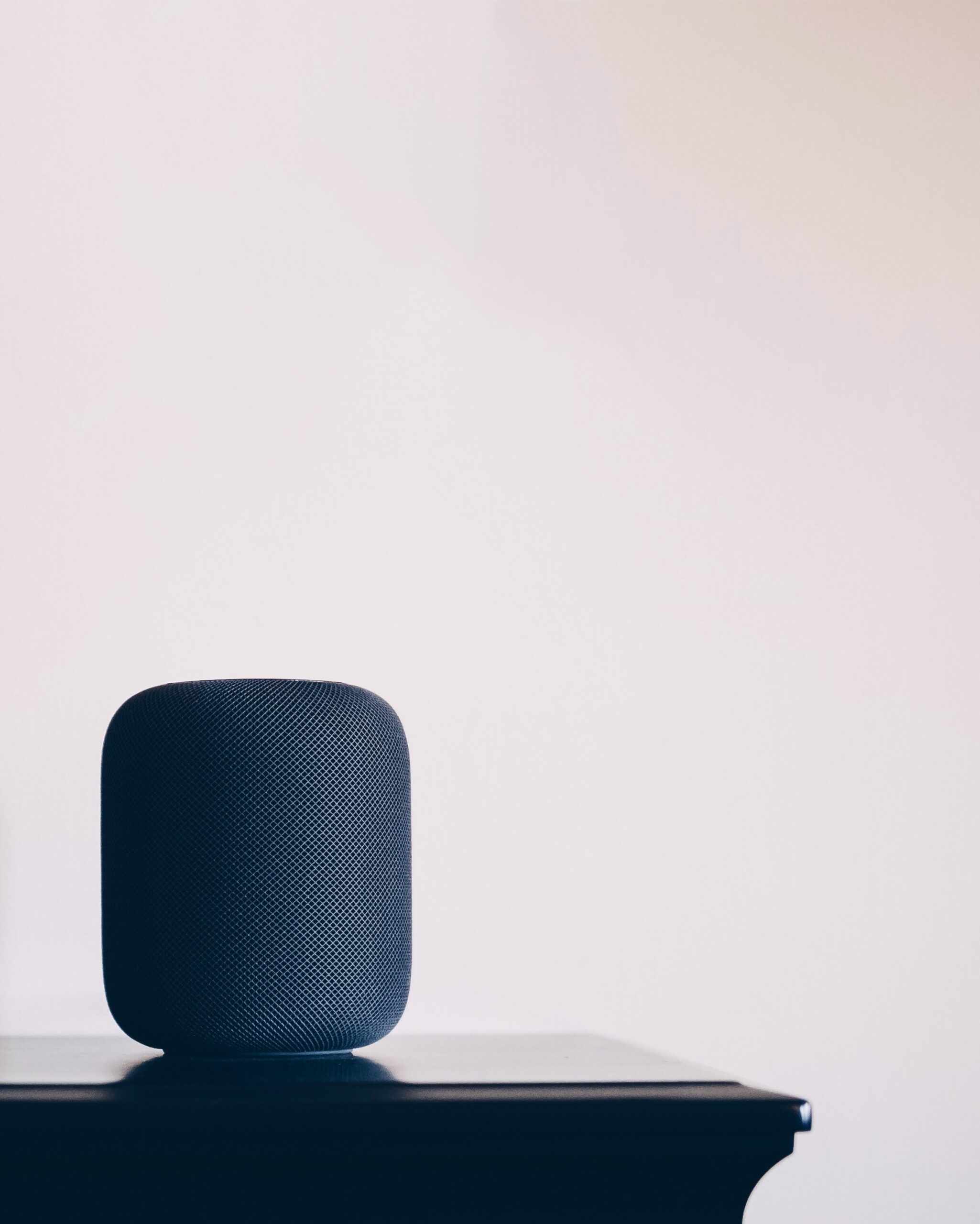This is part two of our series on the smart home devices you need to get your hands on this year! Make sure to check out part one here.
Lifx Color 1000 ($59.99)
Lifx bulbs are energy-efficient, color-changing light bulbs. An easy-to-use app allows you to select the exact color you like, as well as select between themes, such as “tranquil”, “cheerful” and “exciting”. You can schedule bulbs to turn off/on at set times, and select how long you want the bulbs to take to do so. You can have your bulbs slowly turn on over the course of 15 minutes, simulating a sunrise to ease you out of bed in the morning. You can even sync the bulbs to pulse in beat with music! Lifx bulbs also sync with the Amazon Echo, allowing you to execute commands like “Hey Alexa, dim the Lifx bulb by 20% and switch the color to blue.”
Philips Hue Wireless Dimming Kit ($39.99)
Think of this as a starter kit for smart home light bulbs. There’s no app or integration with third party devices like the Echo — this is simply a light bulb you can dim remotely with a small remote. Just screw in the bulb, pull the plastic from the remote to activate the battery, and you’ll be dimming in seconds! The dimmer remote can control up to 10 of these bulbs at once, and can dim them all the way down to less than 1% of the bulb’s full brightness.
August Smart Lock ($199)
Retrofit this device to your existing deadbolt (compatible with most Baldwin, Kwikset, Schlage models) and you will have added a smart lock to you home! This device connects to your phone via Bluetooth, letting you lock/unlock your door remotely, when in Bluetooth range. Auto-lock and -unlock features are also available. Just leave the house and the August smart lock will lock up behind you! You can also send your friends/family virtual “keys”, letting them connect to the lock via Bluetooth when in range, so they can enter your home without you needing to come home and give them a key.
SkyBell HD Wi-Fi Video Doorbell ($199)
This is truly the doorbell of the future! This doorbell features 1080p HD video, available to view livestream. You can set it up to record when its motion sensor is triggered (i.e. when someone walks up to the door) or when the doorbell is rung. It can also send you push notifications in both of these cases. Video recordings and snapshots can be saved and downloaded to your phone easy-peasy. The SkyBell integrates with Amazon’s Echo, IFTTT and Nest Cam.
iSmartAlarm ($149.99)
iSmartAlarm finally brings us a smart, affordable DIY home security system that competes with the big-name brands. A basic package includes a motion detector, two contact sensors (for detecting opened doors/windows), two remote tags for your keychain (allowing you to remotely arm/disarm the system) and the CubeOne, the system’s brain. You can add as many sensors, sirens, cameras and remotes as you like.
All of these devices are controlled via the iSmartAlarm app, available on iOS and soon on Android. In the app, you can arm/disarm the system, activate the panic siren, and go into “home mode” which disables the motion sensors but leaves the contact sensors on. When a sensor is triggered, the panic alarm will go off and you’ll receive a text alert telling you what’s happening.
Thanks for reading! If you liked this post, please recommend or share it with others. 🙂
Want to talk? Connect with Moved on Facebook, Twitter, and Instagram!


